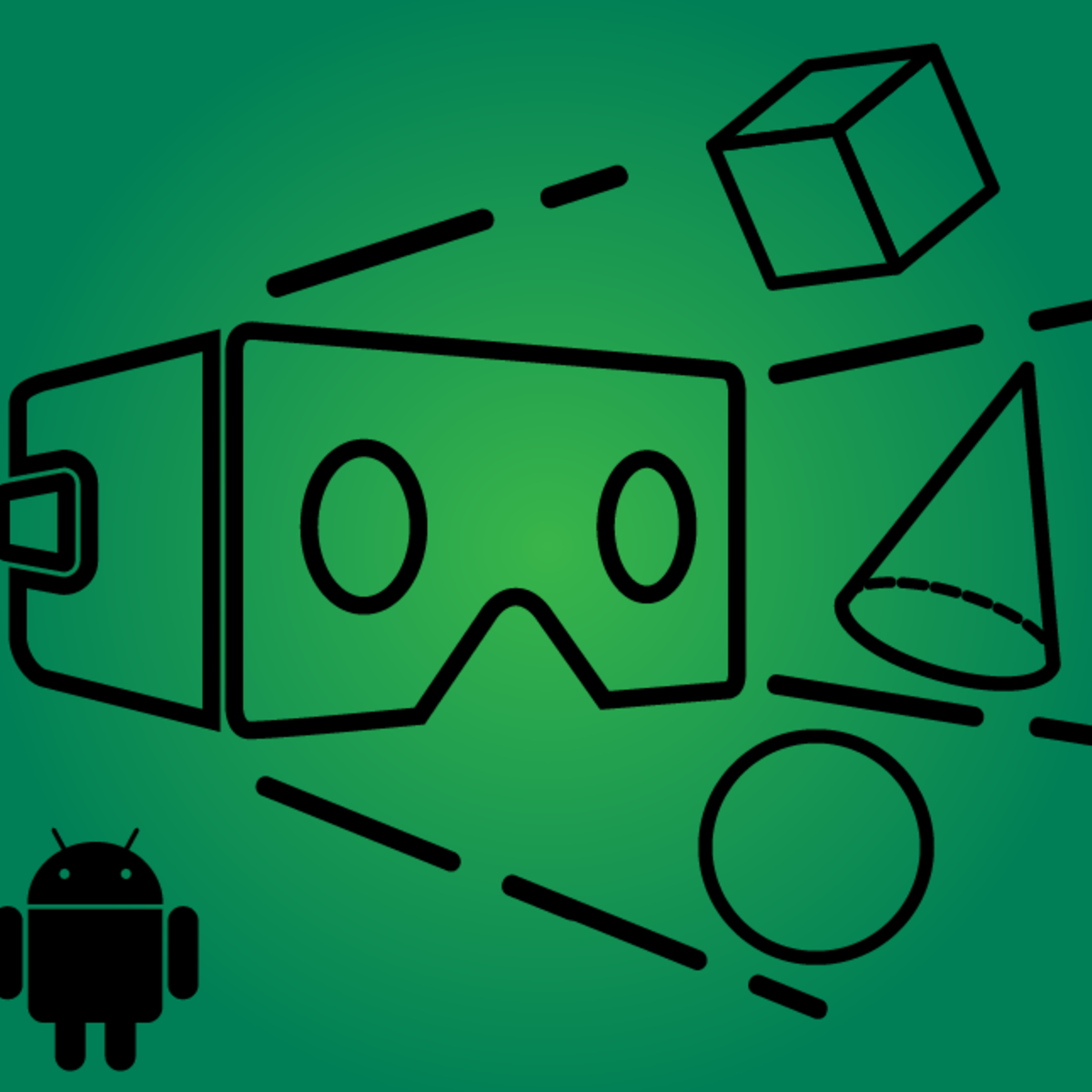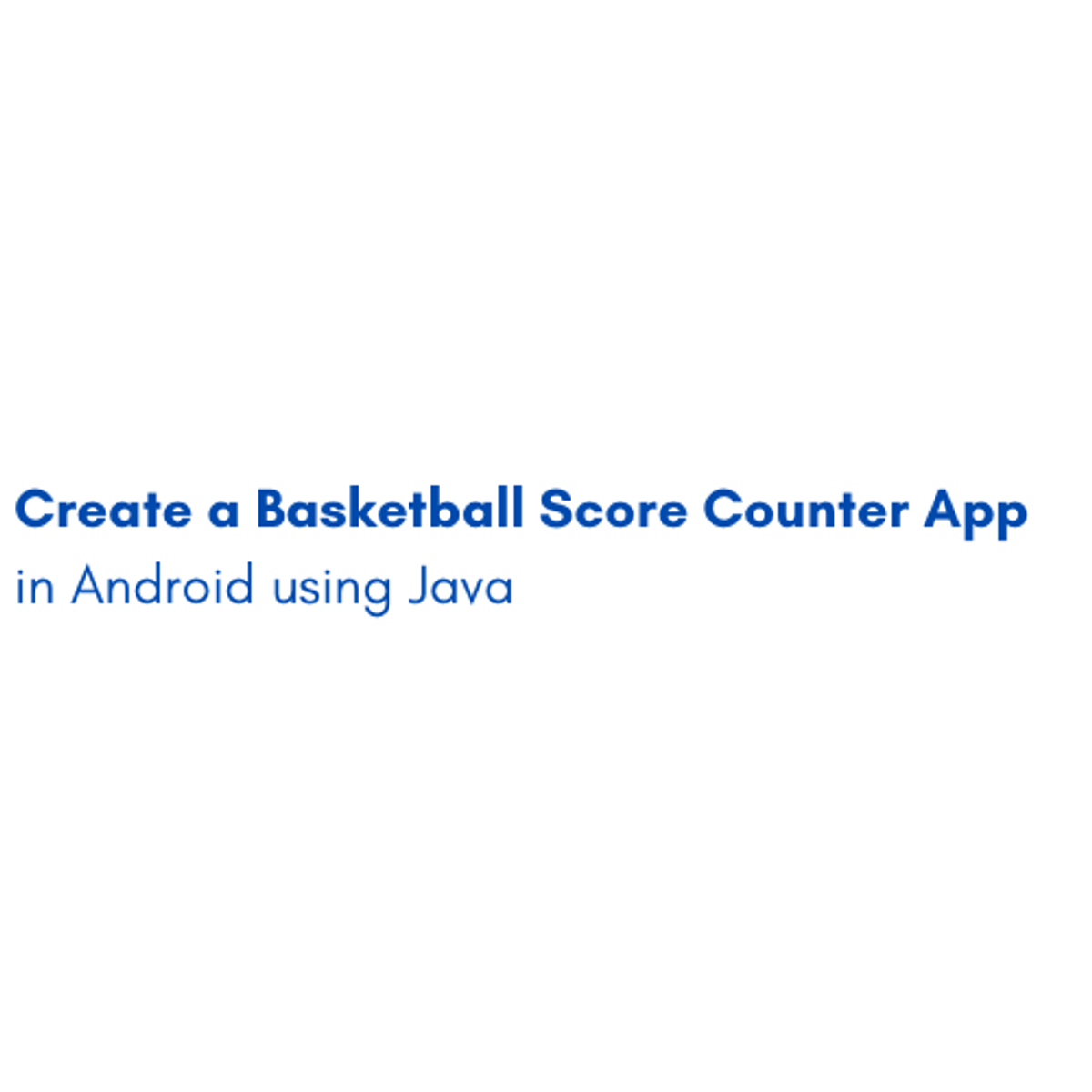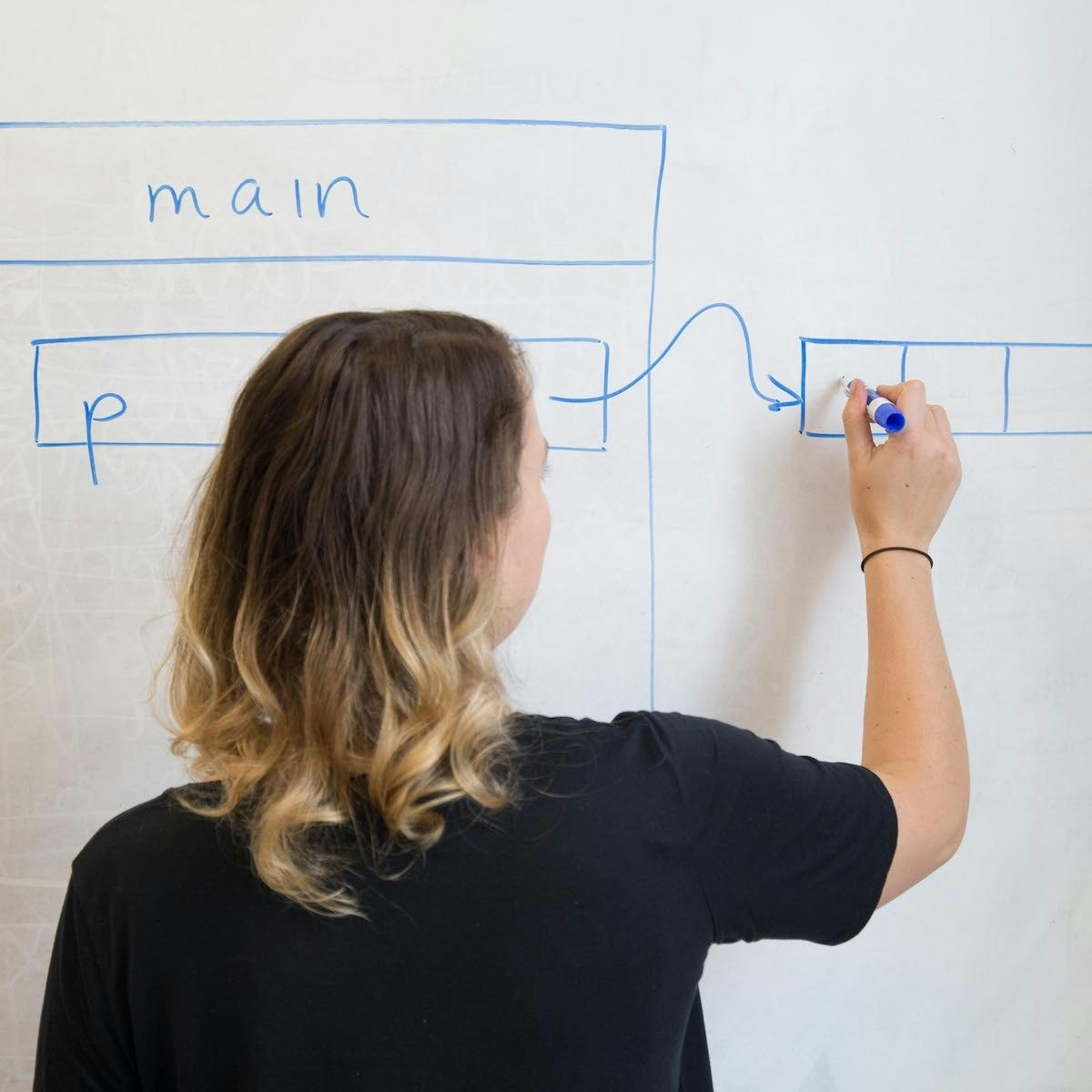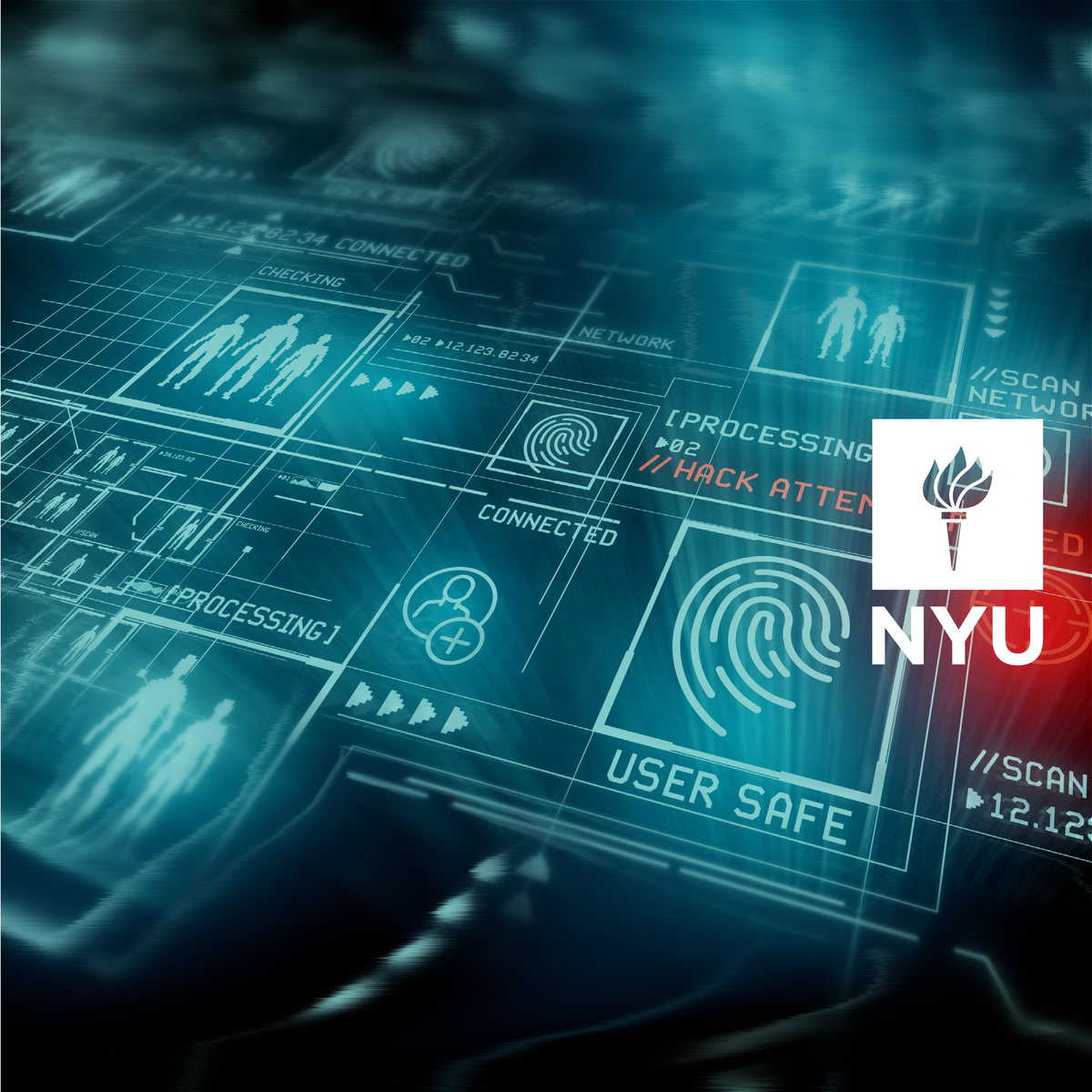Back to Courses









Computer Science Courses - Page 91
Showing results 901-910 of 2309

Best Practices for iOS User Interface Design
You will learn to develop sophisticated user interfaces for iOS, with a focus on user interface design best practices, UI animations, and responsive design. You will learn about the key UI widgets, mapping interfaces and view restoration.
3D Graphics in Android: Sensors and VR
This course is an ideal introduction into creating virtual environments in Android. This course is unique as it covers a range of tools and techniques to create immersive 3D environments, giving you a rounded skill set in this growing field. By the end of this course, you will really be able to bring your VR ideas to life!
The first part of the course covers animation, lighting and reflection. We then move onto textures and handling multiple 3D objects. Finally, we'll look at housing all of this within a binocular view to create a VR experience.
There are practical exercises throughout the course to apply your understanding, and there is a summative project which can form part of your professional portfolio.
This course assumes a knowledge of Android programming and OpenGL. I recommend completing my two Coursera courses on these topics, as these are the perfect primer.

Create a Basketball Score Counter App in Android using Java
By the end of this project, you will create a fully functional Android Application using Java and Android Studio. you will be able to design an Android App from scratch and make it responsive to button touches by creating Basketball Score Counter Application. This project gives you a head start with one of the most widely used Mobile platforms, Android development. Learning Android Development will open the door for you to create rich Mobile applications customized to fit your needs.
Note: This course works best for learners who are based in the North America region. We’re currently working on providing the same experience in other regions.

Interacting with the System and Managing Memory
The final course in the specialization Introduction to Programming in C will teach you powerful new programming techniques for interacting with the user and the system and dynamically allocating memory. You will learn more sophisticated uses for pointers, such as strings and multidimensional arrays, as well as how to write programs that read and write files and take input from the user. Learning about dynamic memory allocation will allow your programs to perform complex tasks that will be applied in the final part of the specialization project: a Monte Carlo simulation for calculating poker hand probabilities.

Usable Security
This course focuses on how to design and build secure systems with a human-centric focus. We will look at basic principles of human-computer interaction, and apply these insights to the design of secure systems with the goal of developing security measures that respect human performance and their goals within a system.

Advanced Algorithms and Complexity
In previous courses of our online specialization you've learned the basic algorithms, and now you are ready to step into the area of more complex problems and algorithms to solve them. Advanced algorithms build upon basic ones and use new ideas. We will start with networks flows which are used in more typical applications such as optimal matchings, finding disjoint paths and flight scheduling as well as more surprising ones like image segmentation in computer vision. We then proceed to linear programming with applications in optimizing budget allocation, portfolio optimization, finding the cheapest diet satisfying all requirements and many others. Next we discuss inherently hard problems for which no exact good solutions are known (and not likely to be found) and how to solve them in practice. We finish with a soft introduction to streaming algorithms that are heavily used in Big Data processing. Such algorithms are usually designed to be able to process huge datasets without being able even to store a dataset.

An Introduction to Practical Deep Learning
This course provides an introduction to Deep Learning, a field that aims to harness the enormous amounts of data that we are surrounded by with artificial neural networks, allowing for the development of self-driving cars, speech interfaces, genomic sequence analysis and algorithmic trading.
You will explore important concepts in Deep Learning, train deep networks using Intel Nervana Neon, apply Deep Learning to various applications and explore new and emerging Deep Learning topics.

Build a Web App incorporating React and Redux Hooks
By the end of this project, you will build a Web App incorporating React and Redux Hooks. For the Redux architecture implementation, we will be using the Redux Toolkit since that is the recommendation from the authors of Redux. Creating a Web App using Redux simplifies state management by enforcing a unidirectional flow through the application.

Service Accounts and Roles: Fundamentals
This is a self-paced lab that takes place in the Google Cloud console.
In this hands-on lab, you will learn how to create and manage Service Accounts

Cyber Attack Countermeasures
This course introduces the basics of cyber defense starting with foundational models such as Bell-LaPadula and information flow frameworks. These underlying policy enforcements mechanisms help introduce basic functional protections, starting with authentication methods. Learners will be introduced to a series of different authentication solutions and protocols, including RSA SecureID and Kerberos, in the context of a canonical schema.
The basics of cryptography are also introduced with attention to conventional block ciphers as well as public key cryptography. Important cryptographic techniques such as cipher block chaining and triple-DES are explained. Modern certification authority-based cryptographic support is also discussed and shown to provide basis for secure e-commerce using Secure Sockets Layer (SSL) schemes.
